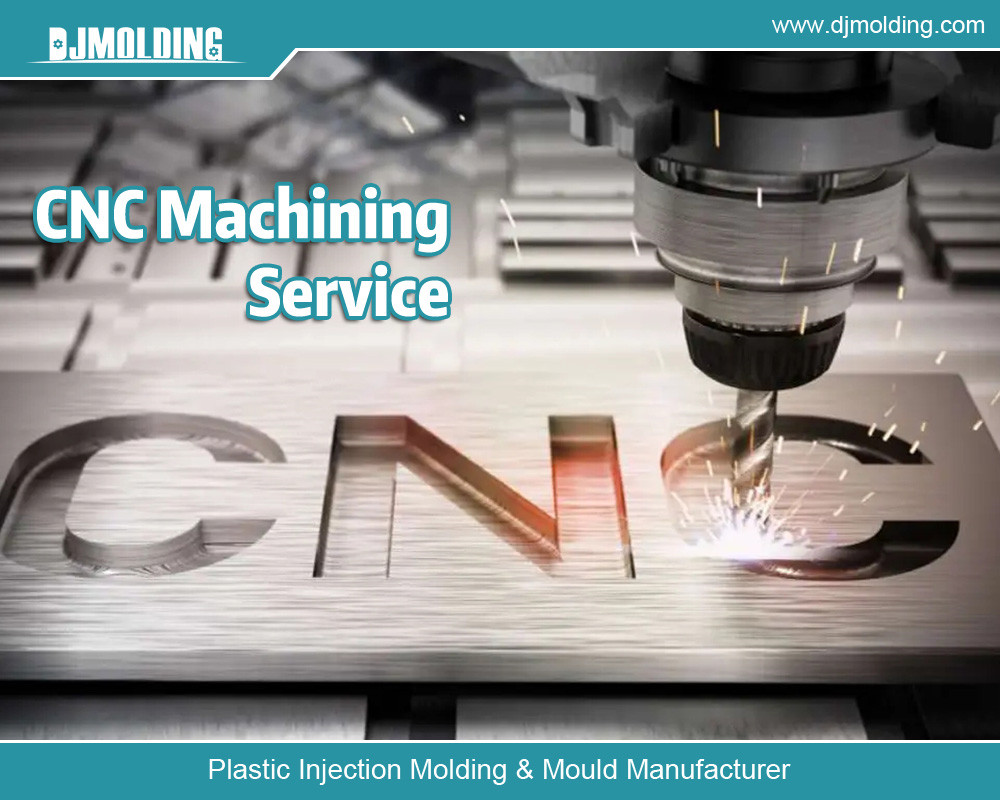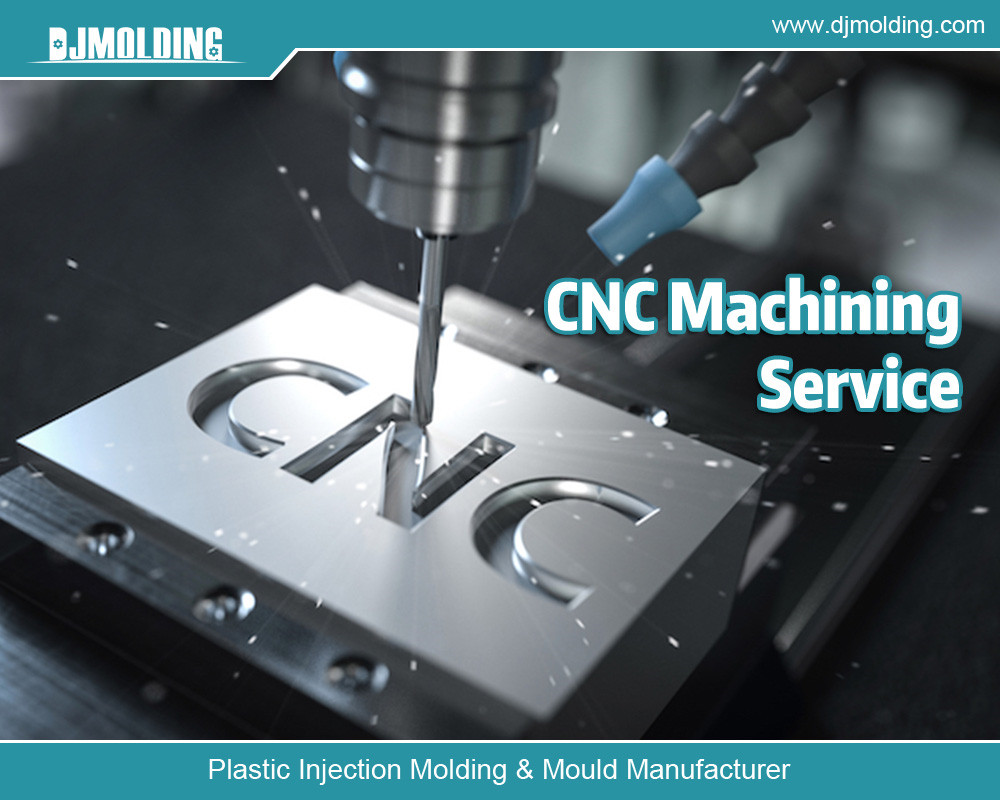An Overview Of Liquid Silicone Rubber(LSR) Injection Molding Manufacturing Process
An Overview Of Liquid Silicone Rubber(LSR) Injection Molding Manufacturing Process
This blog post will provide a detailed overview of Liquid Silicone Rubber (LSR) Injection Molding. The position will cover the process of LSR Injection Molding, its advantages and disadvantages, applications, and materials used.

Introduction
LSR Injection Molding is a manufacturing process used to produce high-quality parts and products with great precision and accuracy. In this process, manufacturers inject liquid silicone rubber into a mold, which undergoes curing and solidification to create the desired shape.
Definition Of Lsr Injection Molding
LSR Injection Molding is a manufacturing process that uses liquid silicone rubber to produce high-quality parts and products with great precision and accuracy.
Brief History Of Lsr Injection Molding
Someone filed the first patent for LSR Injection Molding in the early 1970s. Since then, the process has become increasingly popular due to its many advantages over other manufacturing processes.
Importance Of Lsr Injection Molding
LSR Injection Molding is a vital manufacturing process used in a wide range of industries, including the automotive, medical, and consumer goods industries. Companies use it to produce high-quality parts and products that meet strict standards.
The Process Of Lsr Injection Molding
LSR Injection Molding involves three main steps: mold preparation, material preparation, and injection molding.
Mold Preparation
- The mold is designed and created to the desired shape
- The mold is cleaned and prepared for the injection molding process
Material Preparation
- The liquid silicone rubber is prepared and loaded into the injection molding machine.
- Manufacturers mix the silicone rubber with necessary additives, such as colorants or fillers.
Injection Molding Process
- The injection process involves injecting the liquid silicone rubber into the mold cavity.
- The mold is heated to cure the silicone rubber and solidify it into the desired shape.
- The finished product is ejected from the mold and is ready for use.
Advantages and Disadvantages of LSR Injection Molding
Manufacturers should consider several advantages of LSR Injection Molding over traditional injection molding techniques and its disadvantages.
Advantages
LSR Injection Molding offers several advantages over other manufacturing techniques, making it a popular choice in various industries.
- High Precision: One of the most significant advantages of LSR Injection Molding is its high precision and accuracy. The process offers excellent repeatability, ensuring consistent quality in the final product. The molds used in LSR Injection Molding are made of high-grade materials and can produce parts with tight tolerances, ensuring that the final product meets the required specifications.
- High Volume Production: LSR Injection Molding is an ideal choice for producing complex and intricate parts. The process can have thousands of parts daily, reducing production time and costs. The process is automated, making it more efficient than other manufacturing techniques and reducing the chances of human error.
- Design Flexibility: LSR Injection Molding offers excellent design flexibility, allowing manufacturers to produce parts with complex geometries and thin walls that are difficult or impossible to have with other manufacturing techniques. The process can produce parts with intricate details, making it ideal for creating prototypes or new products.
- Chemical and Heat Resistance: LSR Injection Molding can produce parts with excellent chemical and heat resistance, making it ideal for applications in harsh environments such as the automotive industry. Parts produced using LSR Injection Molding can withstand high temperatures and exposure to various chemicals without degrading.
- E. Biocompatibility: LSR Injection Molding is commonly used in the medical industry due to its biocompatibility, making it suitable for producing medical devices and implants. The process can produce non-toxic, non-allergenic parts and can withstand repeated sterilization.
Disadvantages
When deciding whether to use this manufacturing technique, manufacturers must consider several disadvantages of LSR Injection Molding.
- High Initial Investment Cost: LSR Injection Molding requires a more increased initial investment in tooling and equipment, which makes it less suitable for low-volume production. The cost of tooling is a significant factor in the decision to use LSR Injection Molding, and it can take several years to recoup the cost of the investment.
- Long Lead Time: The tooling process for LSR Injection Molding can take several weeks, resulting in longer lead times compared to other manufacturing techniques. The lack of clarity regarding the subject can put companies in a disadvantageous position when they need to produce parts quickly and efficiently.
- Limited Material Selection: LSR Injection Molding has limited material selection compared to other injection molding techniques, making it less suitable for specific applications. Having particular requirements or needing explicit materials can disadvantage companies relying on them in their product production process.
Despite its disadvantages, LSR Injection Molding remains a popular manufacturing technique due to its unique properties and advantages. Companies should consider the advantages and disadvantages of LSR Injection Molding before using it for their manufacturing needs.
Applications of LSR Injection Molding
LSR Injection Molding has found numerous applications in various industries thanks to its unique properties and benefits. The following sectors commonly utilize LSR Injection Molding:
- Automotive Industry: The automotive industry uses LSR Injection Molding to manufacture various components, including gaskets, seals, and cable connectors. The material’s high chemical and heat resistance make it ideal for these applications, where durability and longevity are crucial factors.
- Medical Industry: The medical industry is a significant sector that extensively uses LSR Injection Molding to produce medical devices and implants. The material’s biocompatibility and ability to create complex geometries with tight tolerances make it an ideal choice for producing medical-grade parts.
- Consumer Goods Industry: The consumer goods industry uses LSR Injection Molding to create various products, such as kitchen utensils, baby products, and phone cases. The material’s design flexibility and high precision enable manufacturers to produce intricate and aesthetically pleasing products that meet the stringent quality standards of the industry.
Materials Used in LSR Injection Molding
Liquid Silicone Rubber (LSR) Injection Molding utilizes a wide range of materials to produce high-quality, durable parts. The selection of materials used is crucial in achieving the desired properties of the final product. This section will discuss the three primary materials used in LSR Injection Molding.
Silicone Polymers
Silicone polymers are the primary materials used in LSR Injection Molding. They are composed of repeating siloxane units, which gives them unique properties such as biocompatibility, chemical and heat resistance, and flexibility. These properties make them ideal for medical, automotive, and consumer goods industries.
Fillers
Fillers such as glass, mica, and silica are added to the silicone polymers to enhance their properties, such as strength and stiffness. Fillers can also improve the dimensional stability of the parts and reduce shrinkage during curing. The amount of filler added to the silicone polymers can be varied to achieve the desired properties of the final product.
Pigments
Pigments are added to the silicone polymers to give them color and improve their appearance. They can be added in small amounts to achieve a transparent or translucent effect or in more significant cuts to achieve an opaque finish. Pigments can also improve the UV stability of the parts and protect them from discoloration and degradation over time.

Conclusion
LSR Injection Molding is a unique and versatile manufacturing technique that offers several advantages over traditional injection molding techniques. Despite the high initial investment cost and limited material selection, various industries widely use LSR Injection Molding because of its design flexibility, high precision, and capability to produce complex geometries with tight tolerances. LSR Injection Molding is a manufacturing technique that uses liquid silicone rubber to make parts with high precision and design flexibility. The future of LSR Injection Molding looks promising due to its unique properties and advantages. As various industries anticipate the development of new materials and technologies, they expect to incorporate them into their operations widely.
For more about an overview of liquid silicone rubber(lsr) injection molding manufacturing process,you can pay a visit to Djmolding at https://www.djmolding.com/liquid-silicone-rubberlsr-injection-molding/ for more info.




